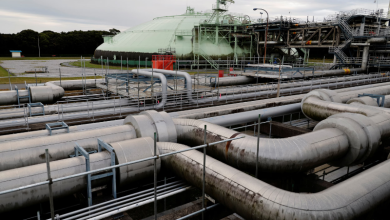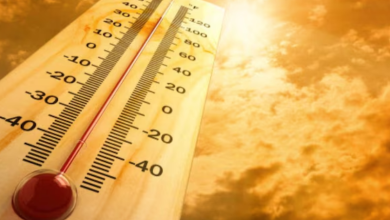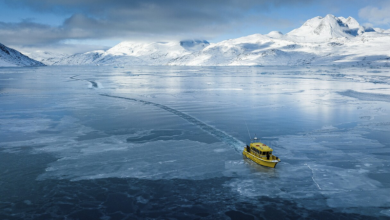Pacific Ocean free from El Nino. Cooler La Nina conditions to emerge soon

The US-based National Ocean and Atmospheric Administration (Noaa) announced on Thursday that the latest El Nino episode prevailing since mid-2023 had ended last month, replaced by El Nino Southern Oscillation (Enso) neutral conditions.
The strong El Nino phenomenon added a bit of extra heat to the already record warm global temperatures due to human activity-caused climate change. Its cool side, La Nina, is expected to arrive just in time for peak Atlantic hurricane season.
Noaa physical scientist Michelle L’Heureux, lead forecaster of the agency’s Enso team, said there is a 65% chance that a La Nina, a cooling of the same parts of the Pacific that often has opposite effects, will form in the July, August and September period.
La Nina could bring an extraordinary hurricane season
Given La Nina’s connection to Atlantic hurricanes and drought in the US, it makes sense that this natural phenomenon is generally costlier. But every El Nino and La Nina episode is different, so people and governments across the globe should remain prepared.
A neutral El Nino Southern Oscillation (Enso) is best for US agriculture. Drought from La Nina cost agriculture there between $2.2 billion to $6.5 billion, much higher than the $1.5 billion cost of El Nino, according to a 1999 economic study.
The likelihood of a La Nina episode, accompanied by record warm sea surface temperatures, is the reason the National Hurricane Centre is expecting an extraordinary hurricane season. Both El Nino and La Nina create potential hotspots for extreme weather but of different types.
El Nino negatively impacts Indian monsoon, La Nina aids
Even though La Nina tends to be cooler, you can expect a residual effect of the exiting El Nino on global temperatures. This year has seen each month breaking global records so far. The EU’s Copernicus Climate Change Service has also confirmed 2023 as the hottest year on record.
But no more than 8% of last year’s record heat could be attributed to El Nino and other natural variability, according to a panel of 57 scientists. The rest has been from human-caused climate change from the burning of coal, oil and natural gas.
El Nino negatively impacts the Indian monsoon but its flip side, La Nina, aids the monsoon over the country. This summer, several parts of India suffered heatwave spells lasting as long as 18 days. There has been a sizeable spike in heat-related deaths.



